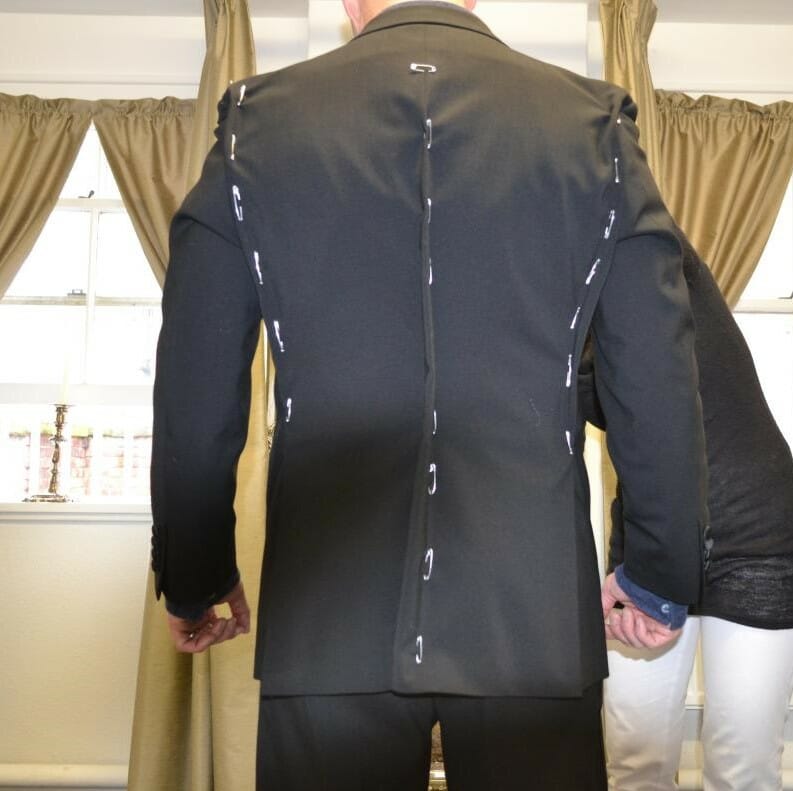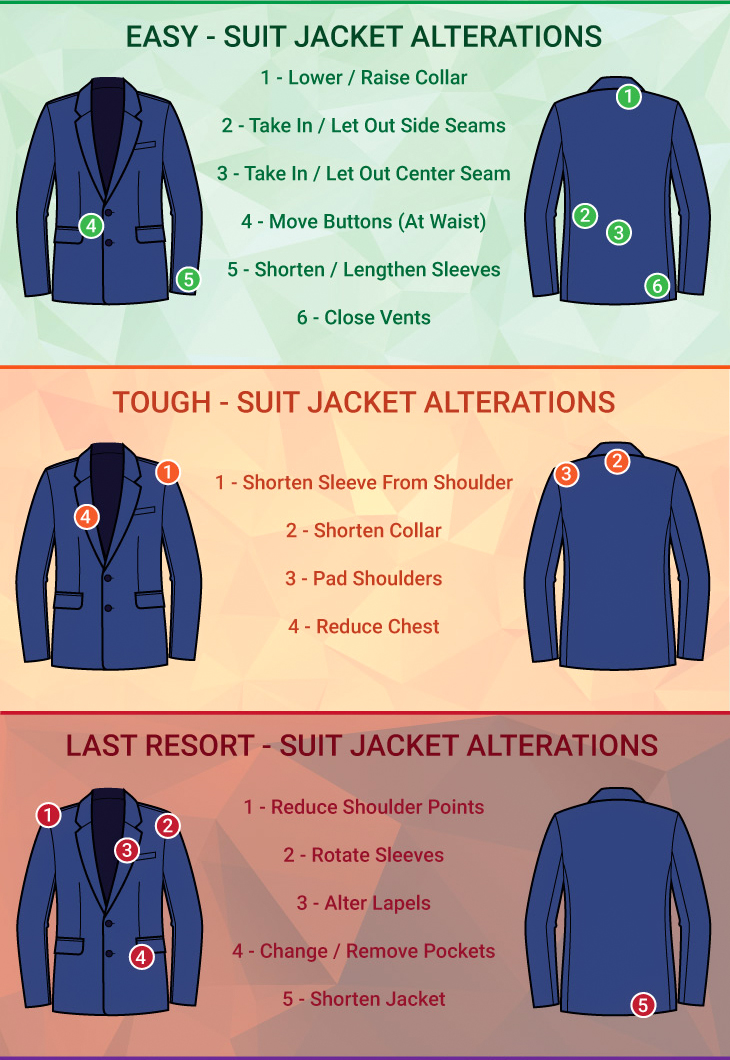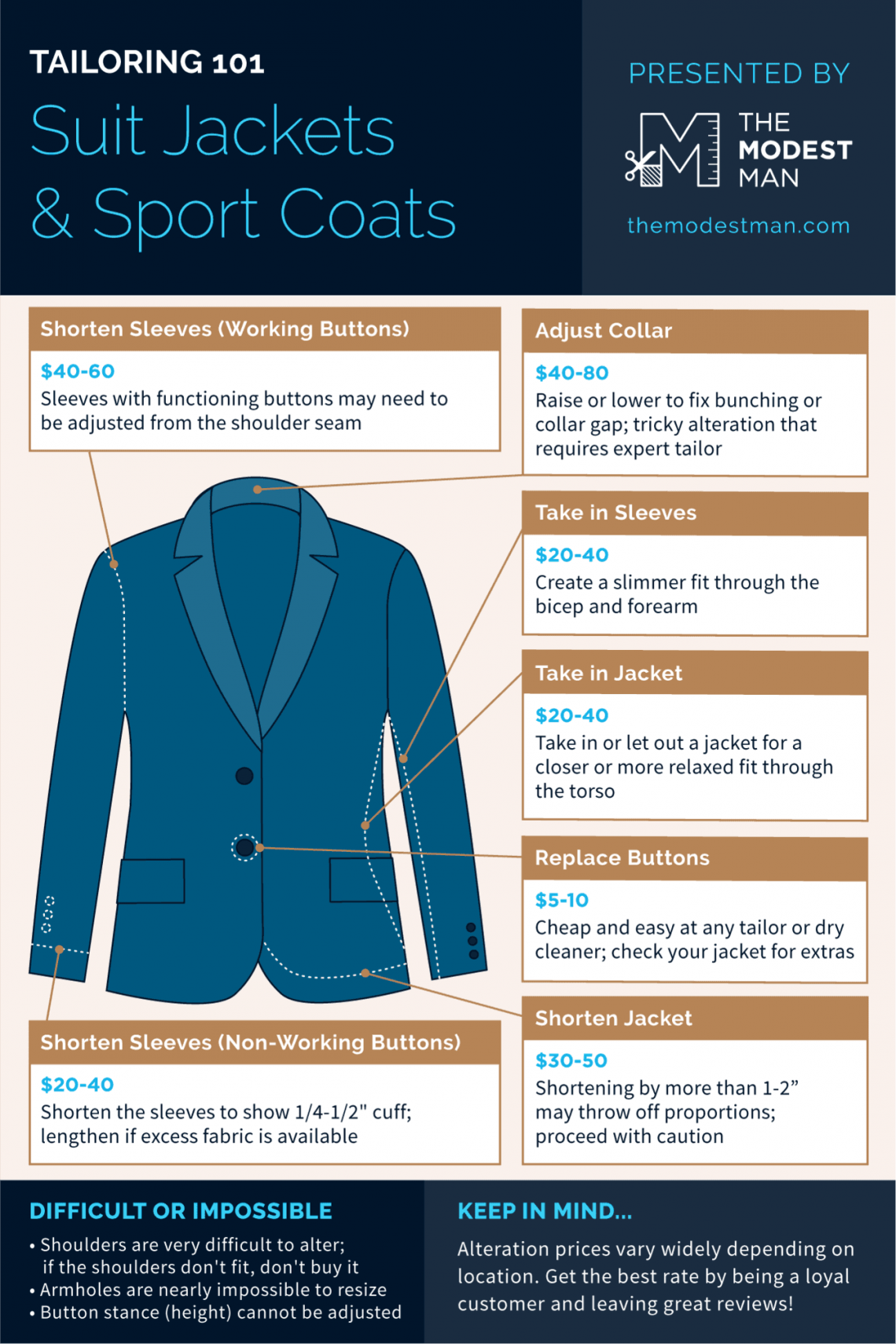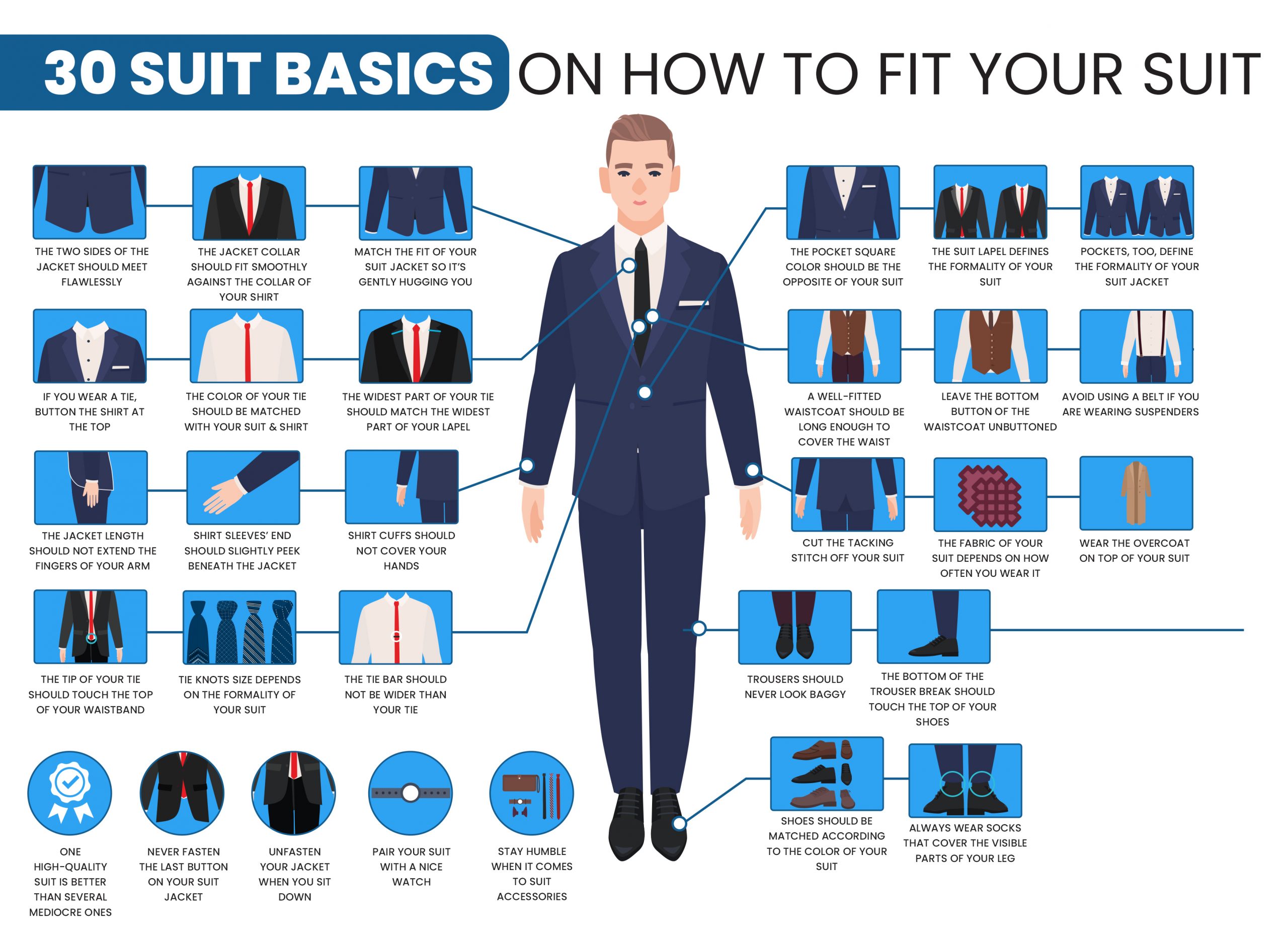Can A Tailor Make A Suit Bigger
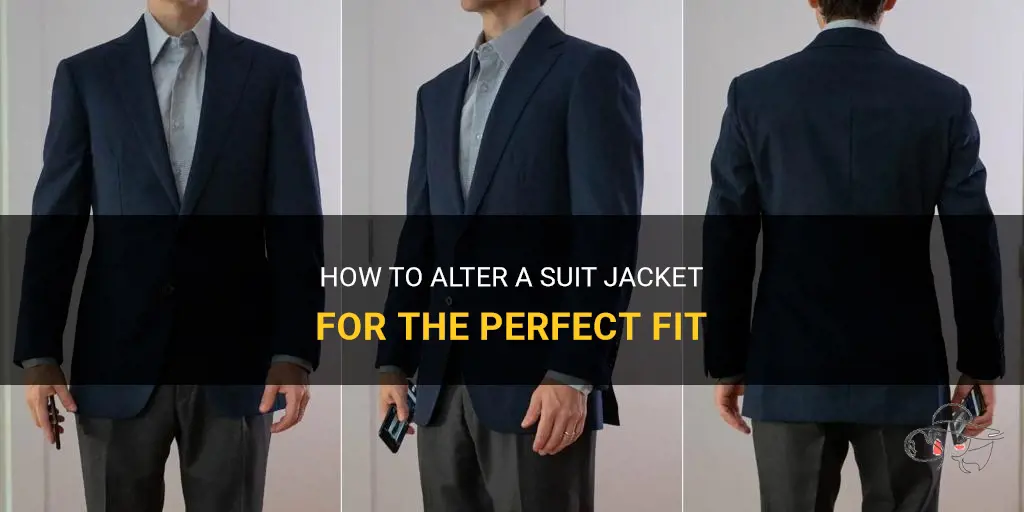
The old photograph showed a young man, beaming with pride, in a suit that seemed tailored for a lifetime of success. Decades later, the suit sat folded in a box, a relic of a slimmer past. The question lingered: could a skilled tailor breathe new life into this cherished garment, allowing its owner to wear not just a suit, but a piece of history, once more?
The central question, can a tailor make a suit bigger, has a nuanced answer: It depends. While expanding a suit is often possible, the degree of success hinges on factors like the existing seam allowance, the fabric type, and the tailor's expertise. Ultimately, expanding a suit is a delicate balancing act between hope and the limitations of cloth.
The Art of Suit Alteration: A Historical Perspective
Tailoring, the art of shaping fabric to fit the human form, boasts a history as rich and layered as the textiles tailors work with. Centuries ago, before mass-produced clothing, every garment was essentially bespoke, tailored to the individual. This tradition fostered a deep understanding of fabric manipulation and the human body.
The advent of ready-to-wear clothing democratized fashion but also introduced the need for alterations. While off-the-rack suits offer convenience, they often require adjustments to achieve a perfect fit. This is where the skills of a qualified tailor become invaluable.
The ability to alter a suit, including making it larger, has always been a core skill for tailors. However, the techniques used and the extent of alterations possible have evolved over time with advancements in tools, understanding of fabric behavior, and customer expectations.
Factors Determining Suit Expansion Feasibility
Several factors determine whether a tailor can successfully enlarge a suit. The amount of seam allowance is paramount. Seam allowance is the extra fabric left inside the seams during construction, which provides the tailor with material to work with.
Typically, a tailor needs at least a half-inch to an inch of seam allowance to work with in critical areas like the waist, chest, and seat. Without adequate seam allowance, expanding the suit becomes significantly more challenging, if not impossible.
The fabric itself plays a crucial role. Natural fibers like wool, linen, and cotton generally respond well to alterations. Synthetic fabrics or blends may be more difficult to work with, especially if they're prone to stretching or distortion.
The Role of Seam Allowance
Seam allowance is like a tailor's emergency fund - a reserve of fabric for adjustments. Examining the inside of the suit, particularly at the side seams of the jacket and trousers, will reveal how much fabric is available.
A generous seam allowance is a promising sign. However, it's important to note that even with sufficient allowance, the tailor's skill is essential to ensure a clean and professional alteration.
Insufficient seam allowance doesn't automatically mean the suit can't be altered. Creative tailors may be able to add panels of matching or complementary fabric to expand the garment, though this approach involves more extensive work and may alter the original design.
Fabric Type and Its Impact
Wool, a classic suiting fabric, is generally forgiving and can be stretched or eased to some extent. Linen, while comfortable, can be more prone to wrinkling and may require extra care during alterations.
Synthetic fabrics, such as polyester, can be more challenging. They may not respond well to pressing or steaming, and they can be difficult to shape without causing distortion. The presence of lining can also complicates alteration.
It's advisable to consult with a tailor about the specific fabric of your suit to assess its suitability for enlargement. They can advise on the best approach and potential limitations.
The Tailor's Toolkit: Skills and Techniques
A skilled tailor possesses a deep understanding of anatomy, fabric properties, and garment construction. They utilize a range of tools and techniques to achieve a precise and aesthetically pleasing fit. This might include: seam ripping, pressing, cutting, and sewing.
Expanding a suit involves more than just letting out seams. The tailor must consider the overall balance and proportions of the garment to ensure it retains its original shape and style. A good tailor also has a great eye for detail.
Experienced tailors often use techniques like easing, which involves subtly manipulating the fabric to create extra room without visible seams. They may also reshape darts or add gussets to achieve a more comfortable and flattering fit.
"The best alterations are the ones you don't notice,"one seasoned tailor, Maria Rodriguez, explains. "The goal is to make the suit look like it was always meant to fit the wearer perfectly."
Finding a Qualified Tailor
Selecting a qualified tailor is crucial for successful suit alterations. Look for tailors with extensive experience, positive reviews, and a reputation for quality workmanship. Word of mouth is also a reliable way to discover talented tailors.
Don't hesitate to ask questions about their experience and approach to alterations. A reputable tailor will be transparent about the potential challenges and limitations of the project. A good tailor is able to confidently answer your question.
Consider visiting several tailors for consultations and compare their assessments. It's important to find someone you trust and feel comfortable working with. A great tailor will make you feel at ease.
Cost Considerations
The cost of enlarging a suit varies depending on the extent of the alterations required and the tailor's rates. Simple adjustments, like letting out the waist of trousers, may be relatively inexpensive.
More complex alterations, such as expanding the chest or shoulders of a jacket, will likely cost more due to the increased labor and skill involved. Fabric replacement will also drive up the price.
It's wise to obtain a detailed estimate from the tailor before proceeding with the work. Be sure to clarify what the estimate includes and whether there are any potential additional costs. If there is extra costs, it is likely because there is extra work to be done.
Alternative Solutions
If a suit cannot be enlarged sufficiently, or if the cost of alterations is prohibitive, consider alternative solutions. A skilled tailor may be able to repurpose the fabric into a new garment or accessory.
Alternatively, you could explore consignment shops or online marketplaces to find a suit that fits your current size and style. There are also clothing rental services for special occasions.
Sometimes, the best option is to accept that the suit has served its purpose and invest in a new garment that fits well and makes you feel confident. In the end, it is important to wear something you feel good in.
Conclusion: A Matter of Skill, Fabric, and Expectations
The question of whether a tailor can make a suit bigger doesn't have a simple yes or no answer. It's a complex equation involving seam allowance, fabric type, tailoring expertise, and realistic expectations. Often, the results are possible with the right amount of work.
While the dream of breathing new life into a beloved garment is often attainable, it's essential to approach the process with a discerning eye and a willingness to accept limitations. The tailor's job is to find the best possible option for you.
Ultimately, the decision to alter a suit is a personal one. By understanding the factors involved and working with a qualified tailor, you can make an informed choice and perhaps rediscover the joy of wearing a well-fitted suit once again. It is up to you to make that choice.



